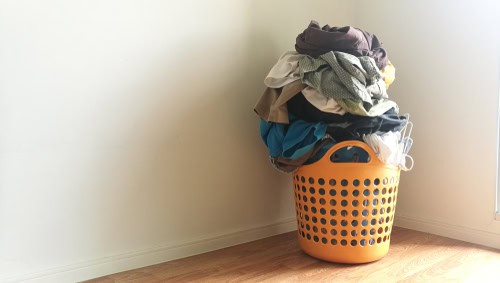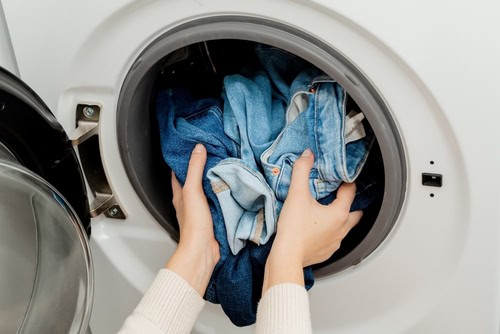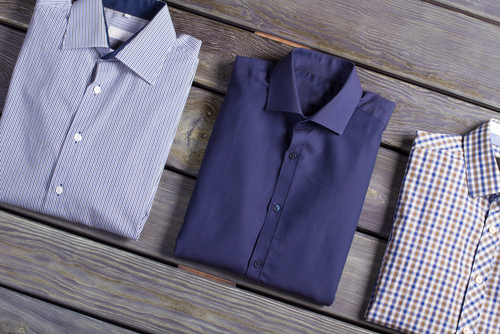
Wrinkle-Free Laundry: Techniques for Smoother Clothes
August 31, 2023
Choosing the Right Carpet Cleaning Method for Your Home
October 30, 2023The Importance of Upholstery Cleaning for a Healthy Home
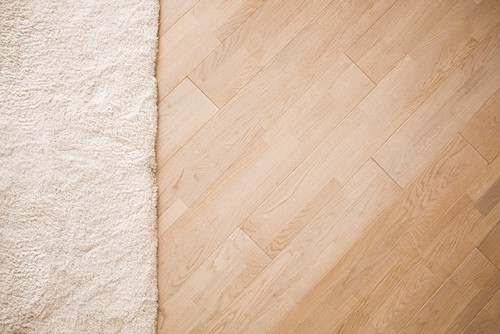
The Importance of Upholstery Cleaning for a Healthy Home
The Importance of Upholstery Cleaning for a Healthy Home. The concept of a home goes beyond the physical structure; it embodies a sanctuary where individuals seek refuge, comfort, and well-being.
A clean and healthy home environment is not merely a desire but a fundamental need that influences its occupants’ physical and mental well-being.
In the intricate tapestry of a home, upholstery plays a pivotal role. Upholstered furniture, with its plush cushions and inviting textures, offers a cozy haven for relaxation and daily activities.
However, the significance of upholstery goes beyond comfort; it intertwines with the home’s health and inhabitants.
This comprehensive exploration delves deep into upholstery cleaning and its profound implications for a healthy home environment.
We unravel the definition and components of upholstery, shedding light on its potential as a breeding ground for allergens.
Furthermore, we uncover the intricate connection between upholstery and indoor air quality, unveiling the respiratory health implications that often remain concealed.
As we progress, we unearth the manifold benefits of regular upholstery cleaning, exploring how it enhances indoor air quality, prolongs furniture lifespan, and elevates comfort and hygiene.
Table of Contents
Understanding Upholstery and Its Role
Upholstery, in essence, encompasses the soft coverings and padding that adorn furniture pieces. It comprises various components, including fabric or leather, cushioning materials, and springs or webbing for support.
Upholstered items extend beyond sofas and chairs; they encompass a diverse range of furniture, such as dining chairs, ottomans, and headboards. Each article presents its unique upholstery challenges and cleaning requirements.
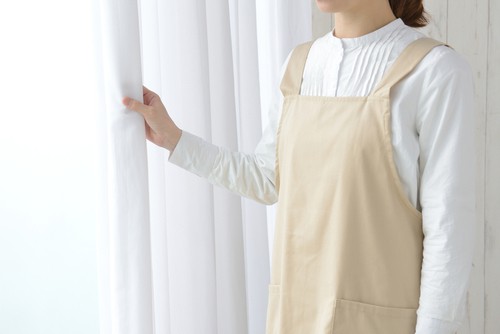
Upholstery as a Breeding Ground for Allergens
Dust Mites and Allergies
Within the recesses of upholstery, a hidden world teems with microscopic inhabitants. Though imperceptible to the naked eye, dust mites proliferate in the cozy confines of upholstered furniture, triggering allergies and respiratory issues.
Mold and Mildew
The moisture absorption by upholstery can lead to mold and mildew, unleashing musty odors and potential health hazards, particularly for individuals with mold allergies.
Bacteria and Germs
Upholstery, often exposed to various contaminants, can become a breeding ground for bacteria and germs, posing health risks to the home’s occupants.
The Connection Between Upholstery and Indoor Air Quality
Airborne Particles
Upholstery is a reservoir for airborne particles, trapping dust, pet dander, and pollutants. These particles, when disturbed, re-enter the indoor air, diminishing its quality.
Respiratory Health Implications
The presence of allergens and airborne pollutants in the indoor air can lead to respiratory health issues, exacerbating conditions such as asthma and allergies. Upholstery’s role in this cycle of indoor air pollution cannot be understated.
Benefits of Regular Upholstery Cleaning
Improved Indoor Air Quality
Removing Allergens and Irritants
Regular upholstery cleaning is a potent weapon against allergens and irritants that lurk within furniture. Thorough cleaning extracts these particles, preventing them from re-entering the indoor air.
Promoting Better Respiratory Health
By reducing the concentration of allergens and pollutants, upholstery cleaning contributes to better respiratory health, particularly for individuals with asthma or allergies.
Prolonged Lifespan of Upholstered Furniture
Preventing Wear and Tear
Upholstered furniture, subjected to daily use, is prone to wear and tear. Routine cleaning and maintenance protect the fabric or leather from premature deterioration.
Maintaining Aesthetics
Clean upholstery retains its original beauty, enhancing the furniture’s aesthetics and the home’s overall ambiance.
Enhanced Comfort and Hygiene
Pleasant Seating Experience
Clean upholstery provides a comfortable and hygienic seating experience, free from odors, stains, and the discomfort associated with soiled furniture.
Reduced Risk of Skin Issues
Maintaining upholstery in a pristine condition reduces the risk of skin issues from contact with dirt, bacteria, or allergens.
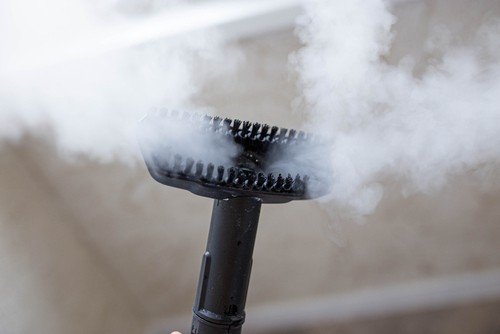
Upholstery Cleaning Methods
DIY Cleaning Techniques
Vacuuming
Regular vacuuming is a fundamental DIY cleaning technique for upholstery, removing surface dust and debris. It prevents the buildup of allergens and maintains cleanliness.
Spot Cleaning
Promptly addressing stains and spills with suitable cleaning solutions prevents permanent damage to upholstery fabric or leather. Spot cleaning should be done with care to avoid spreading colors.
Professional Upholstery Cleaning Services
Steam Cleaning
Professional upholstery cleaning services often employ steam cleaning, which utilizes hot water extraction to clean upholstery deeply. This process effectively removes embedded dirt and allergens.
Dry Cleaning
Dry cleaning, an alternative method, uses specialized cleaning solutions and equipment to clean upholstery without excessive moisture. It is suitable for delicate fabrics.
Eco-Friendly Cleaning Options
Green Cleaning Products
Eco-friendly upholstery cleaning products offer a sustainable and safe alternative. They reduce harmful chemical use, contributing to a healthier home environment.
Sustainable Cleaning Practices
Implementing sustainable cleaning practices, such as water conservation and responsible disposal of cleaning agents, aligns with eco-conscious living.
Frequency of Upholstery Cleaning
Factors Influencing Cleaning Frequency
Usage and Traffic
The intensity of usage and foot traffic influences the frequency of upholstery cleaning. High-traffic areas may require more frequent cleaning.
Presence of Pets
Homes with pets often necessitate more frequent upholstery cleaning due to pet dander, fur, and potential accidents.
Allergy Concerns
Individuals with allergies may benefit from more frequent cleaning to minimize allergen exposure.
General Upholstery Cleaning Schedule
Weekly Maintenance
Routine maintenance, including vacuuming and spot cleaning, should be conducted weekly to prevent the accumulation of dirt and allergens.
Bi-annual or Annual Professional Cleaning
Professional upholstery cleaning, performed bi-annually or annually, ensures a deep cleanse that removes embedded allergens and pollutants.
Signs Indicating the Need for Immediate Cleaning
Stains and Spills
Visible stains and spills should be addressed immediately to prevent permanent damage.
Unpleasant Odors
Foul odors emanating from upholstery indicate contaminants and require prompt cleaning and deodorization.
Visible Dust and Dirt
A visible layer of dust and dirt on upholstery warrants immediate cleaning to maintain hygiene and indoor air quality.
DIY Upholstery Cleaning Tips
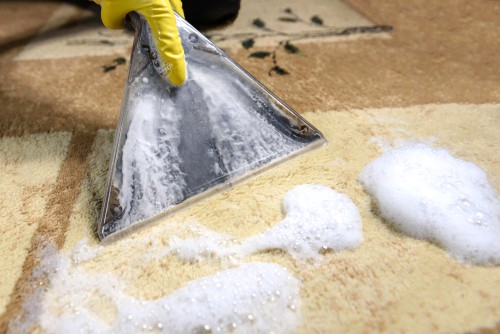
Choosing the Right Cleaning Products
- Select cleaning products compatible with the upholstery fabric or leather to prevent damage or discoloration.
- Opt for eco-friendly cleaning products to reduce the environmental impact of cleaning practices.
Safe Cleaning Techniques
Gentle Brushing
Use gentle strokes to avoid damaging the fabric or leather when brushing upholstery.
Blotting Stains
Blot the area rather than rub it to prevent the paint from spreading when dealing with stains.
Proper Drying
Ensure thoroughly dry upholstery after cleaning to prevent mold or mildew growth
Preventive Measures
- When applied after cleaning, Upholstery protectors create a barrier that repels stains and spills, extending the furniture’s cleanliness.
- Incorporate regular vacuuming into your cleaning routine to prevent the buildup of dirt and allergens.
Benefits of Professional Upholstery Cleaning
Deep Cleaning and Extraction
Removing Hidden Allergens
Professional upholstery cleaning employs deep cleaning techniques that extract hidden allergens and pollutants, improving indoor air quality.
Restoring the Fabric’s Vibrancy
The cleaning process rejuvenates upholstery, restoring its original vibrancy and luster.
Stain and Odor Removal
Eliminating Stubborn Stains
Professional cleaning services possess the expertise and tools to effectively eliminate stubborn stains that DIY methods may struggle to remove.
Neutralizing Unpleasant Odors
Professionals can neutralize unpleasant odors, leaving upholstery smelling fresh and clean.
Expertise and Specialized Equipment
Certified Technicians
Certified upholstery cleaning technicians possess specialized training and knowledge to handle different types of upholstery.
State-of-the-Art Cleaning Technology
Professional cleaning companies utilize state-of-the-art equipment and cleaning solutions to achieve optimal results.
Upholstery Cleaning for Different Types of Fabrics
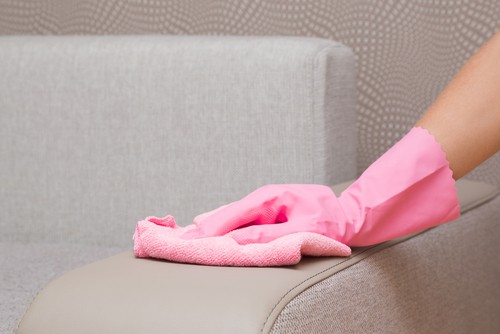
Cotton and Linen
Cleaning Challenges
Cotton and linen upholstery can be sensitive to moisture and require careful cleaning to prevent shrinkage or color fading.
Suitable Cleaning Methods
Professional cleaning is often recommended for cotton and linen upholstery to avoid potential damage.
Leather
Unique Cleaning Requirements
Leather upholstery demands specialized cleaning and conditioning to maintain its texture and sheen.
Leather Maintenance Tips
Regular conditioning and protection are essential to preserve the suppleness and longevity of leather upholstery.
Microfiber
Durability and Cleaning Needs
Microfiber upholstery, known for its durability, benefits from regular vacuuming and occasional professional cleaning.
Maintaining Microfiber Upholstery
Applying microfiber-specific cleaning products and techniques ensures the longevity and cleanliness of this fabric.
Velvet and Silk
Delicate Fabric Care
Velvet and silk upholstery, known for their luxuriousness, require delicate care and professional cleaning to avoid damage.
Protecting Luxurious Upholstery
Professional cleaning services can safeguard the delicate beauty of velvet and silk upholstery, preserving their opulence.
Upholstery Cleaning and Family Health
Protecting Children and Pets
Allergy Prevention
Regular upholstery cleaning helps prevent allergies in children and pets by removing allergens and irritants.
Keeping Upholstery Safe for Play
Clean upholstery ensures a safe and hygienic environment for children and pets to play and relax.
Addressing Health Concerns
Respiratory Health Benefits
Upholstery cleaning improves respiratory health, particularly for individuals with asthma or allergies.
Reducing the Risk of Skin Issues
Maintaining clean upholstery reduces the risk of skin issues from contact with dirt, bacteria, or allergens.
Mental Health and Well-Being
Creating a Clean and Comfortable Home Environment
A clean and well-maintained home environment positively impacts mental health, reducing stress and anxiety associated with allergen exposure.
Reducing Stress and Allergen-Related Anxiety
Individuals with allergies or respiratory conditions can experience reduced stress and anxiety in a clean, allergen-free home.
Upholstery Cleaning and Sustainability
Eco-Friendly Cleaning Practices
Reducing Harmful Chemical Use
Eco-friendly upholstery cleaning practices prioritize reducing harmful chemicals, contributing to a safer and greener home.
Sustainable Cleaning Products
Using sustainable cleaning products aligns with eco-conscious living, minimizing the environmental impact of cleaning practices.
Upholstery Lifespan and Environmental Impact
Reducing Furniture Waste
Regular upholstery cleaning extends furniture lifespan, reducing the need for replacements and minimizing furniture waste.
Sustainable Furnishing Choices
Choosing sustainable and eco-friendly upholstery options during furniture purchase decisions supports environmentally responsible living.
The Importance of Upholstery Cleaning for a Healthy Home – Conclusion
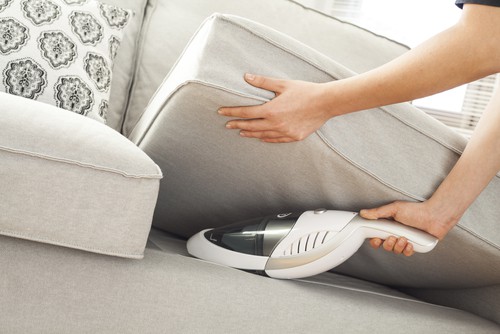
The importance of upholstery cleaning for a healthy home cannot be overstated.
Upholstery, an integral part of our living spaces, harbors hidden allergens, pollutants, and contaminants that affect indoor air quality and respiratory health.
Regular upholstery cleaning offers many benefits, including improved indoor air quality, prolonged furniture lifespan, and enhanced comfort and hygiene.
Whether through DIY cleaning techniques or professional upholstery cleaning services, maintaining clean upholstery is essential.
By adopting eco-friendly cleaning practices and considering the specific cleaning needs of different upholstery fabrics, homeowners can protect their family’s health and contribute to a sustainable living environment.
Upholstery cleaning is not merely a chore but a vital step toward creating a cleaner, healthier, and more comfortable home.
Embrace the importance of upholstery cleaning, and let it be a cornerstone of your commitment to a healthy home environment!
Are you seeking a professional and reliable laundry cleaning or upholstery cleaning service in Singapore? Contact us today!

